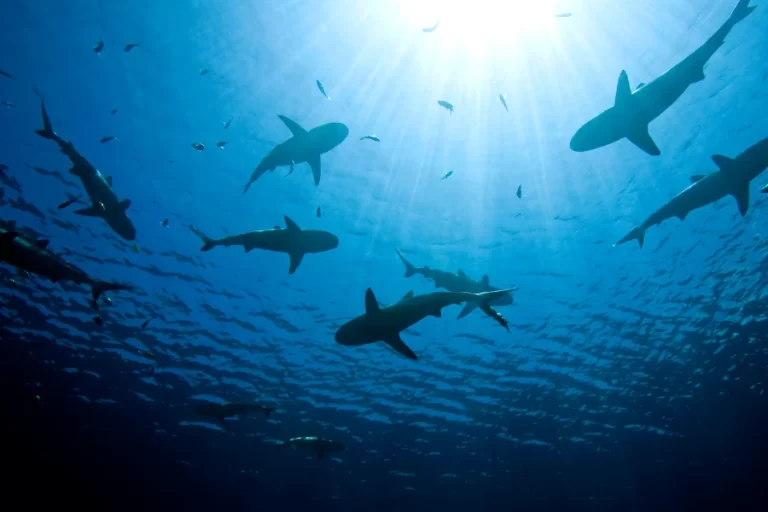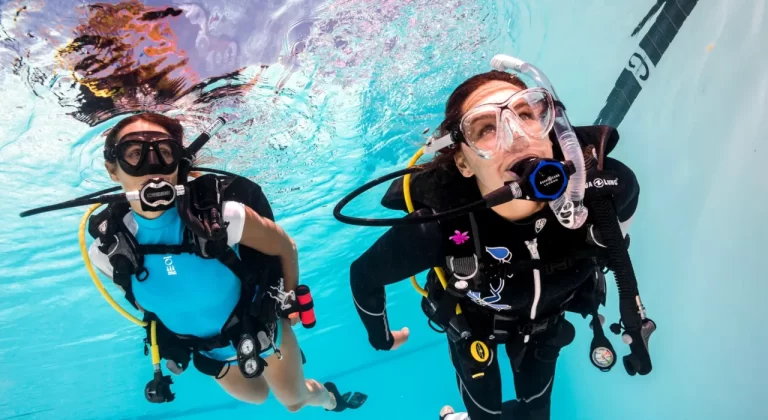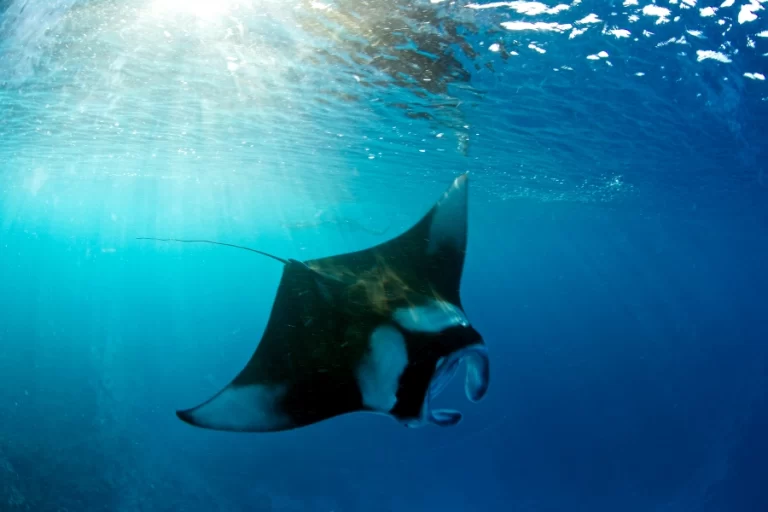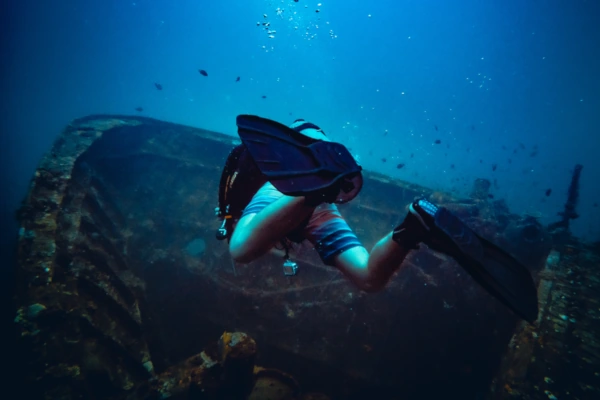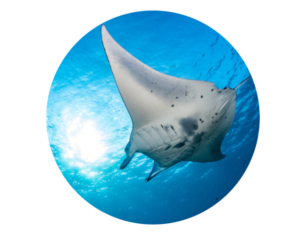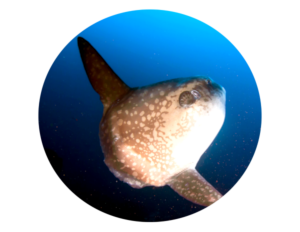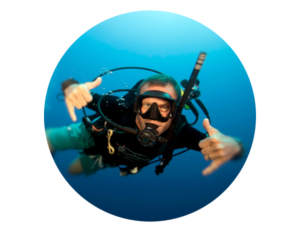Most shark bites on people are cases of mistaken identity. A paddling surfer can look like a seal or turtle from below. For instance, if a shark sees a board or flippers, it may snap out of curiosity or confusion .
Another reason: sharks have electroreceptors and may bite things that activate them (like speared fish nearby). In Bali’s tropical waters, food is plentiful sharks eat fish, rays, turtles, and sometimes dolphins, so humans are not typical prey. As NOAA notes, the idea that sharks “hunt humans” is a myth. In the Bali cases cited, only the Balian incident involved an actual bite; the others involved sharks feeding on other animals or just passing by.


